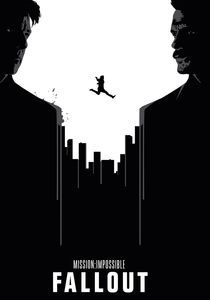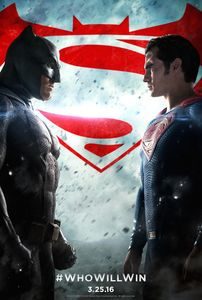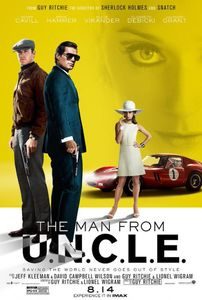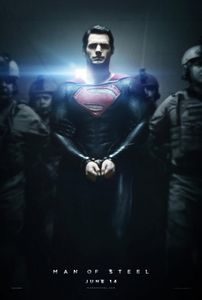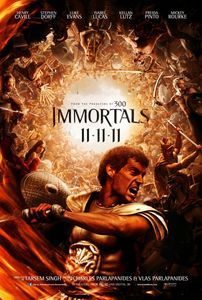Mission: Impossible – Fallout (2018)
(Netflix Streaming, May 2019) Enough information has emerged from Mission Impossible—Fallout’s chaotic production history (a 33-page outline in lieu of a script at the beginning of production, plot points being rewritten on the go to fit around the action sequences, Tom Cruise breaking his ankle on-screen and delaying production by nine weeks, three significant action sequences seen in trailers but cut from the film…) to make us aghast that this is what modern blockbuster production has turned into. But it’s hard to argue when the result is so successful. Building on top of great action sequences to deliver a fairly decent thriller with some surprising thematic depth, Fallout digs a bit deeper into the normally-ludicrous IMF mythology, brings back a surprising number of references to previous films in what had been up to now a very loosely connected series and builds upon the previous movie to provide the female characters with a greater role to play. Everyone’s getting older in this film (Tom Cruise in the first place, but also Ving Rhames and Simon Pegg) but the stunts are getting wilder and the plotting more convoluted. Alec Baldwin is a lot of fun to watch as a good guy, while series newcomer Henry Cavill does have a menacing presence and Vanessa Kirby makes a significant impression in a short role—beyond sheer looks, I suspect she has that elusive quality we’re looking for in a lasting star, but we’ll see what she can do next in Hobbs & Shaw. Still, this is Cruise’s show as he jumps, runs, shoots, dives and pilots a helicopter in a desperate chase as orchestrated by recurring writer-director Christopher McQuarrie. Much of Fallout’s fun is in the escalating action sequences that just keep going and going, their requirements driving the circumlocutions of the plot more than anything else. The Mission Impossible series has never been about real-world verisimilitude as much as audaciousness on how they play their ludicrous spy-thriller cards. Now that the series seems to be heading with a more tightly-plotted arc (using the terms as loosely as possible), it’s going to be interesting to see how long it can keep going: The series is still centred around the fifty-something Cruise, and while it now seems willing to keep bringing back its female characters for return engagements (Rebecca Ferguson and Michelle Monaghan here, so let’s hope for Thandie Newton and Maggie Q next) there’s an open question as to how much competition Cruise can tolerate in his own showcase series—we’ll note that neither Jeremy Renner nor Cavill are likely to be back for the next film. Still, the fact that we’re openly contemplating a seventh instalment is something of an achievement at a time when most series run out of steam at this point. If it’s going to be Tom Cruise’s playground, then let’s keep him playing.
